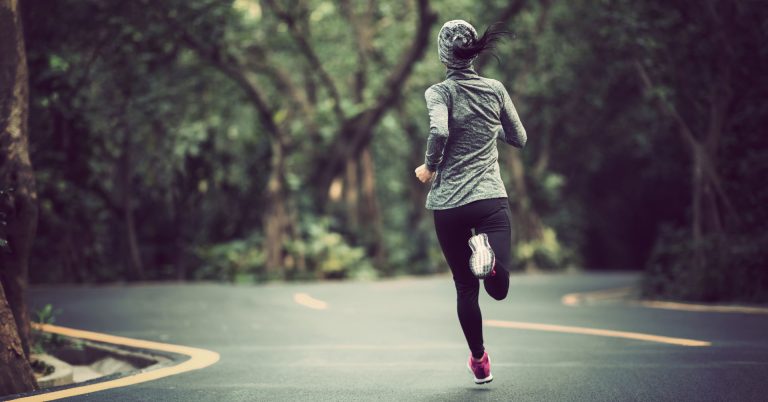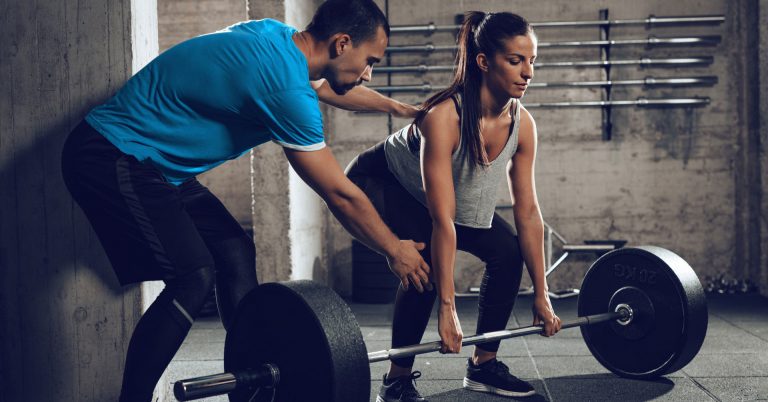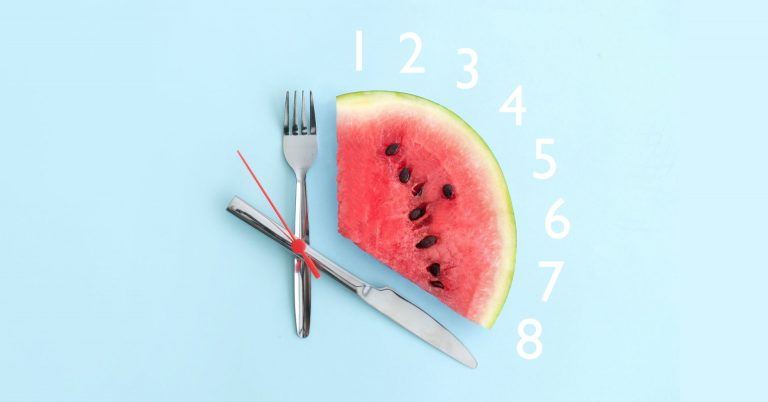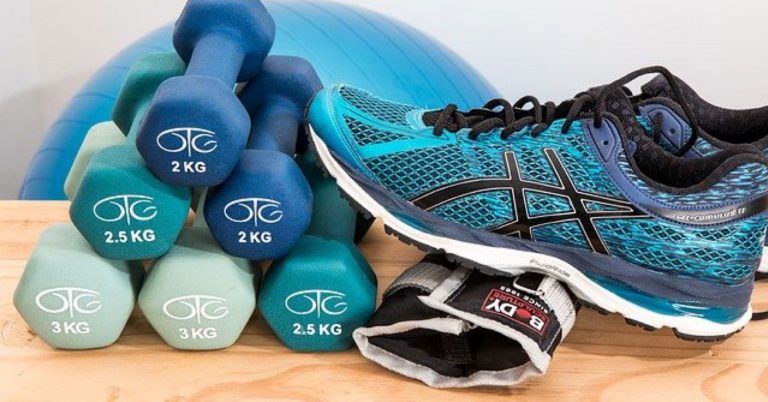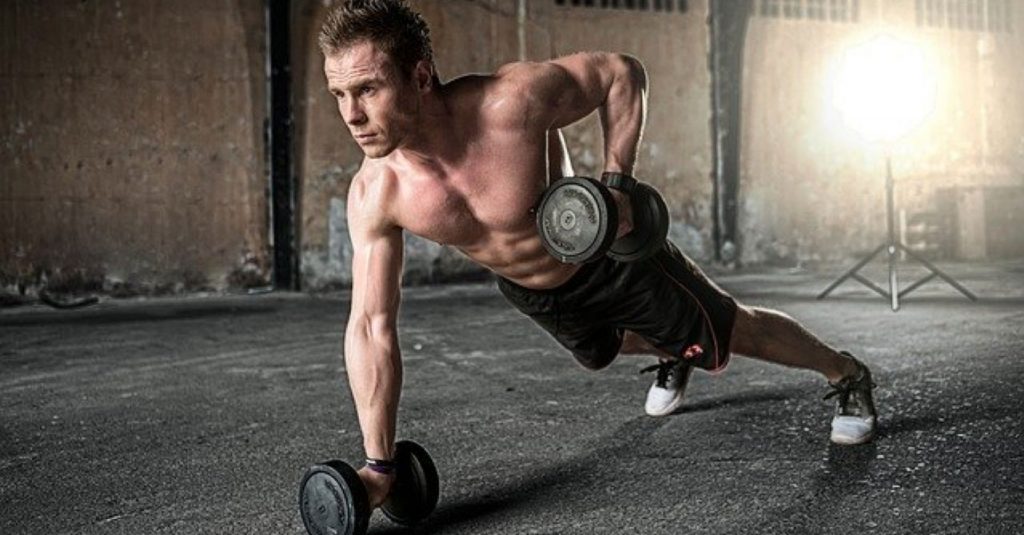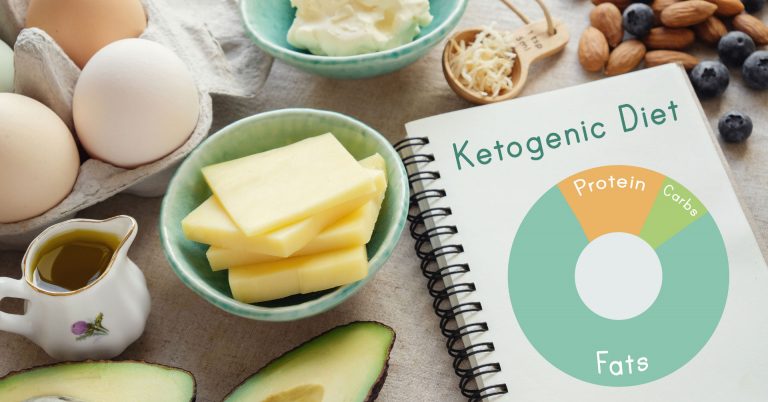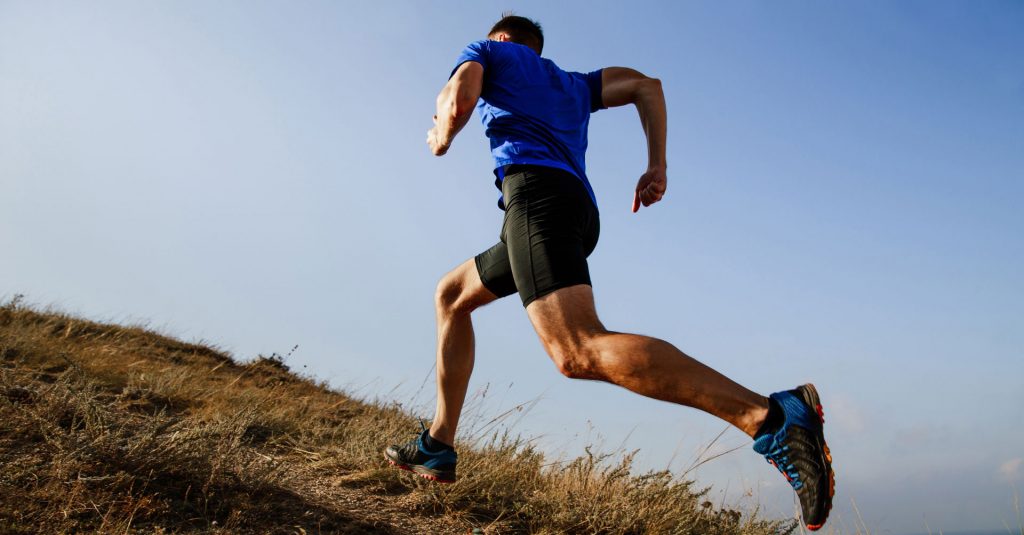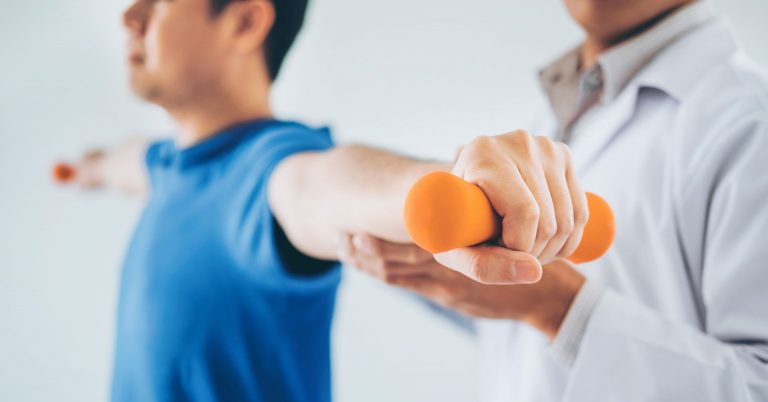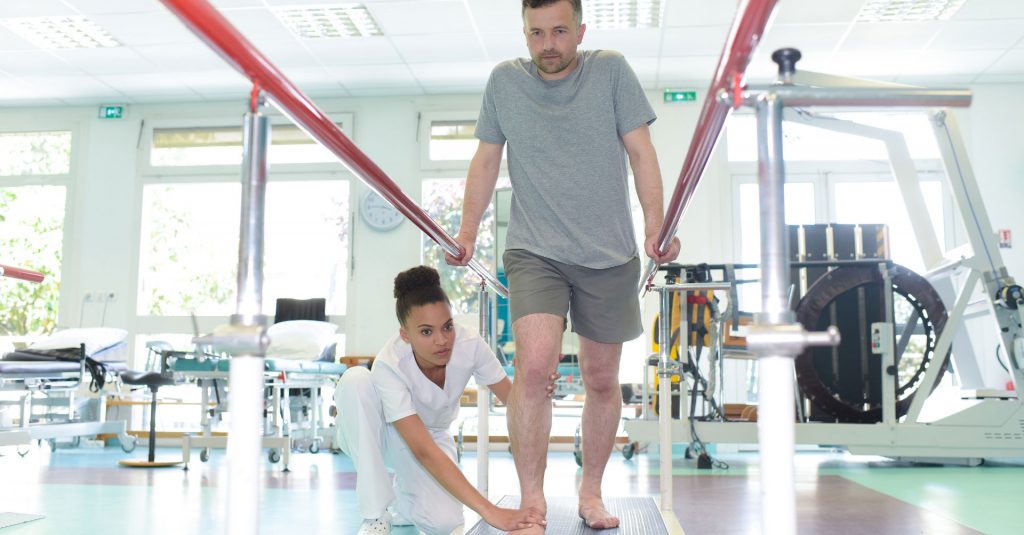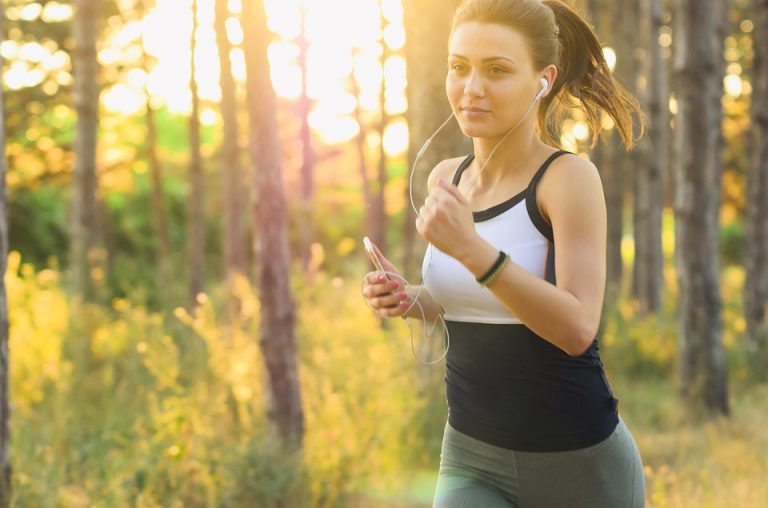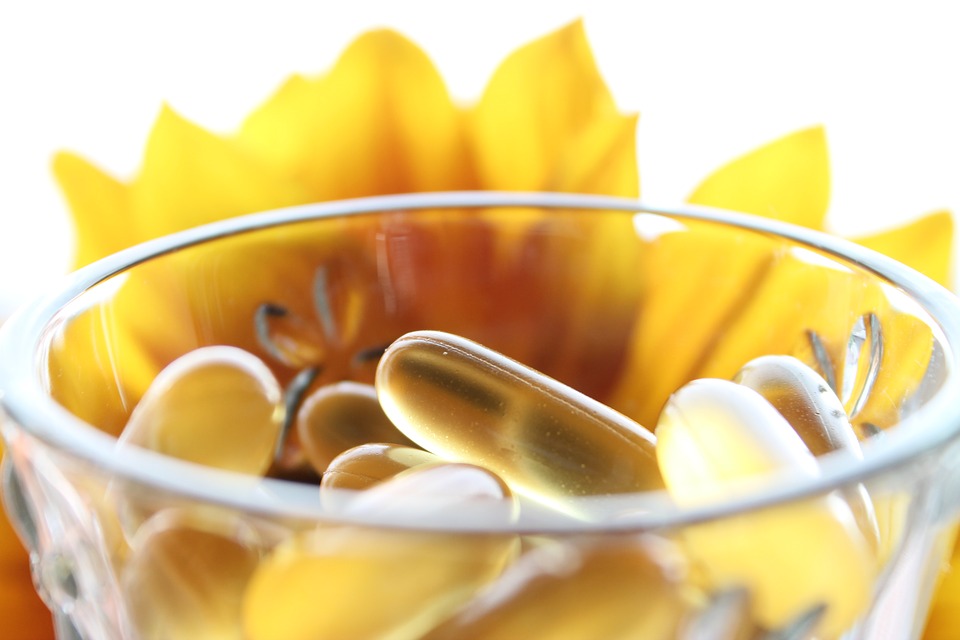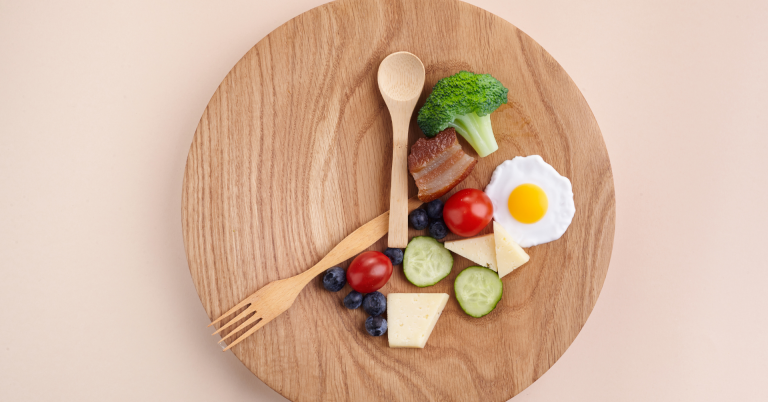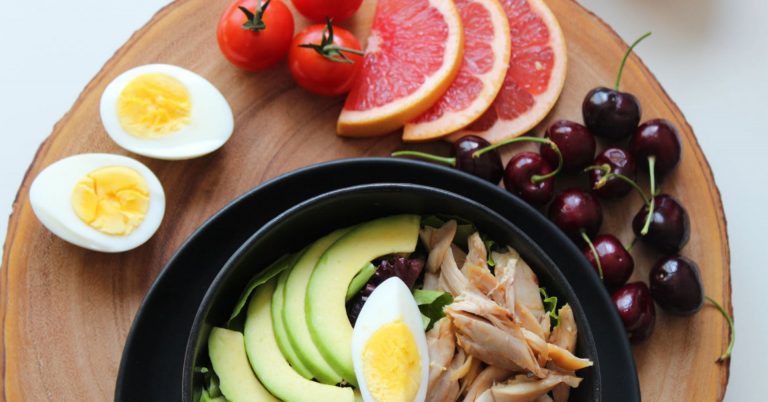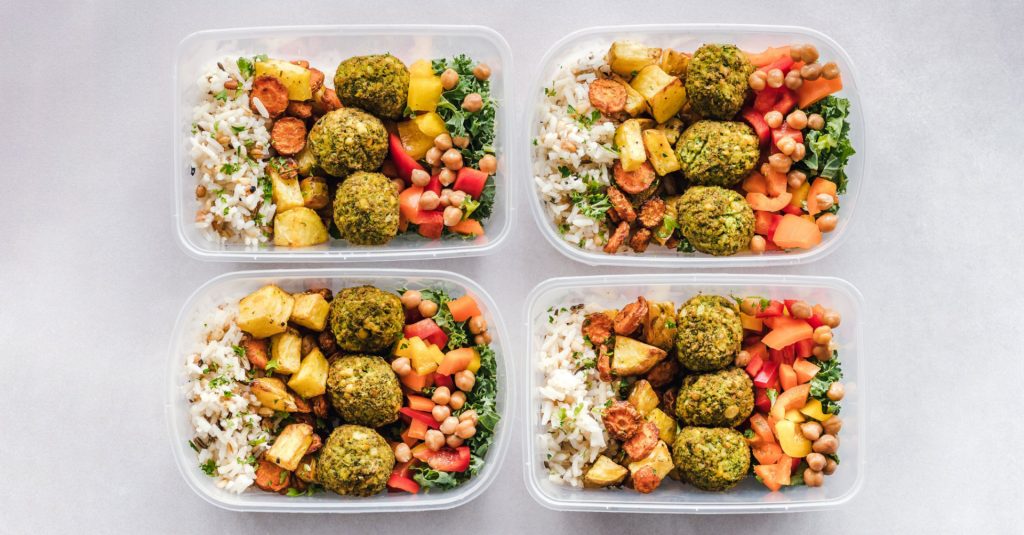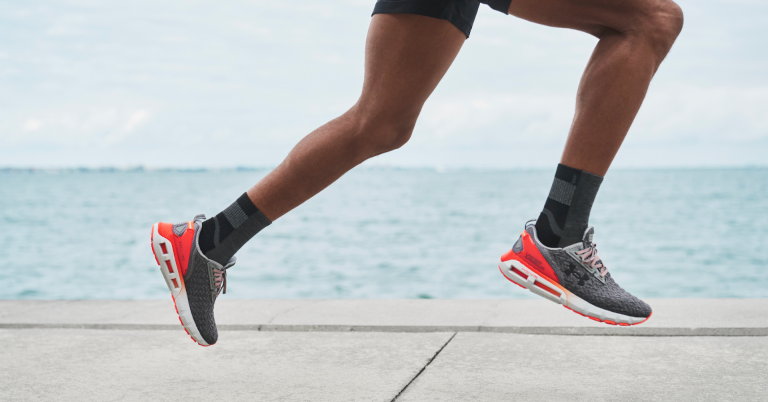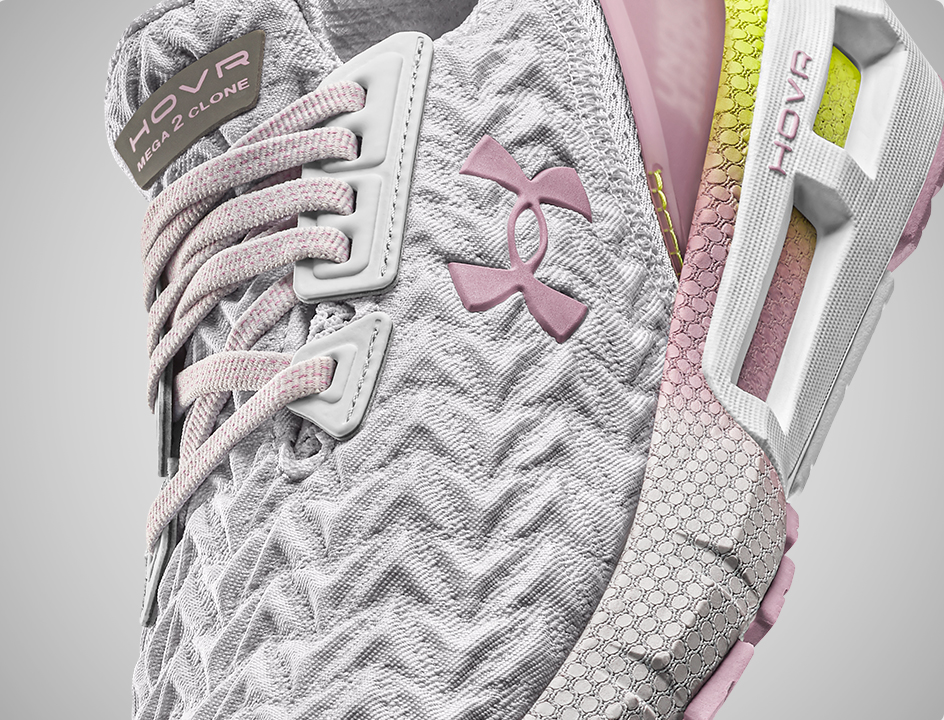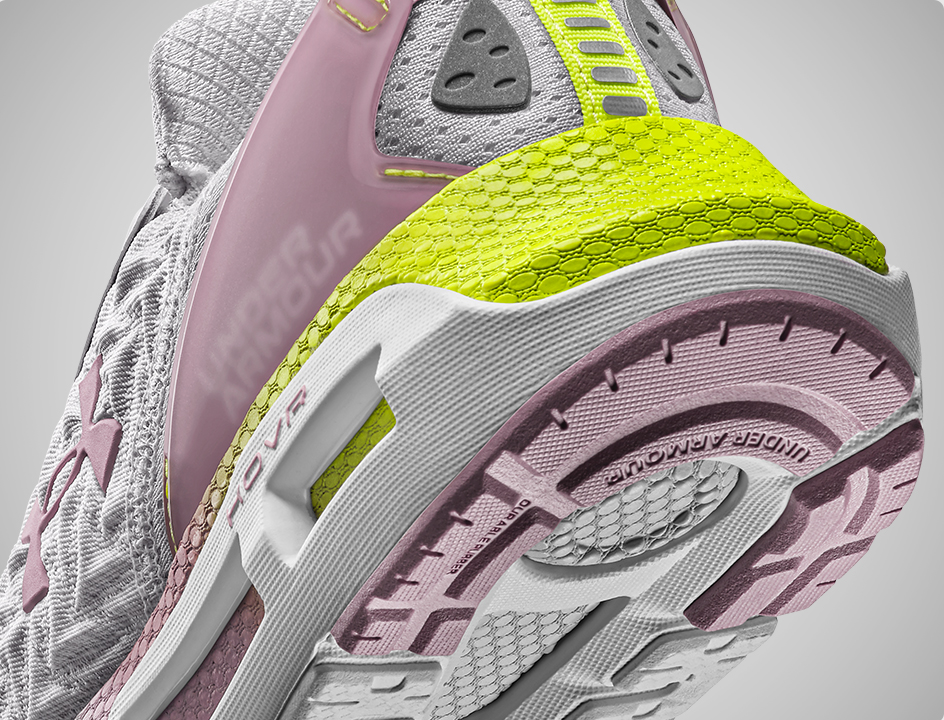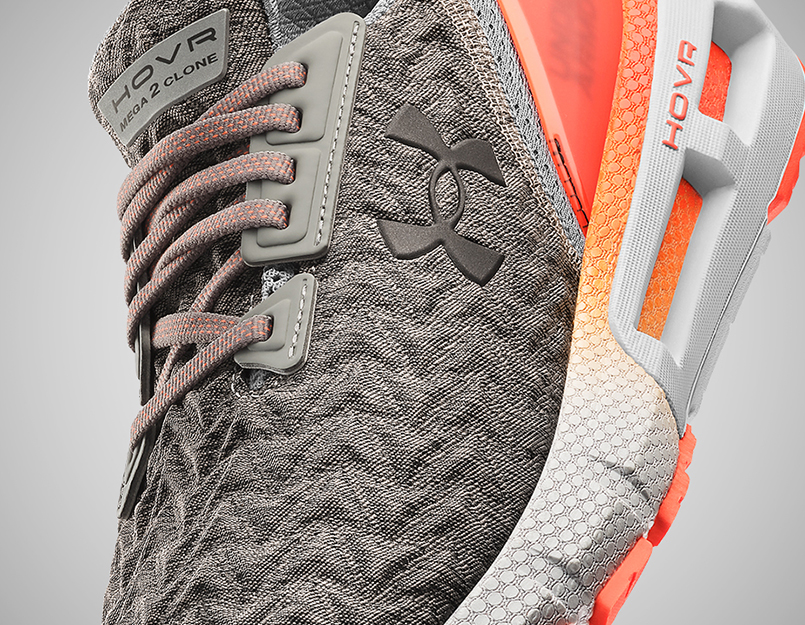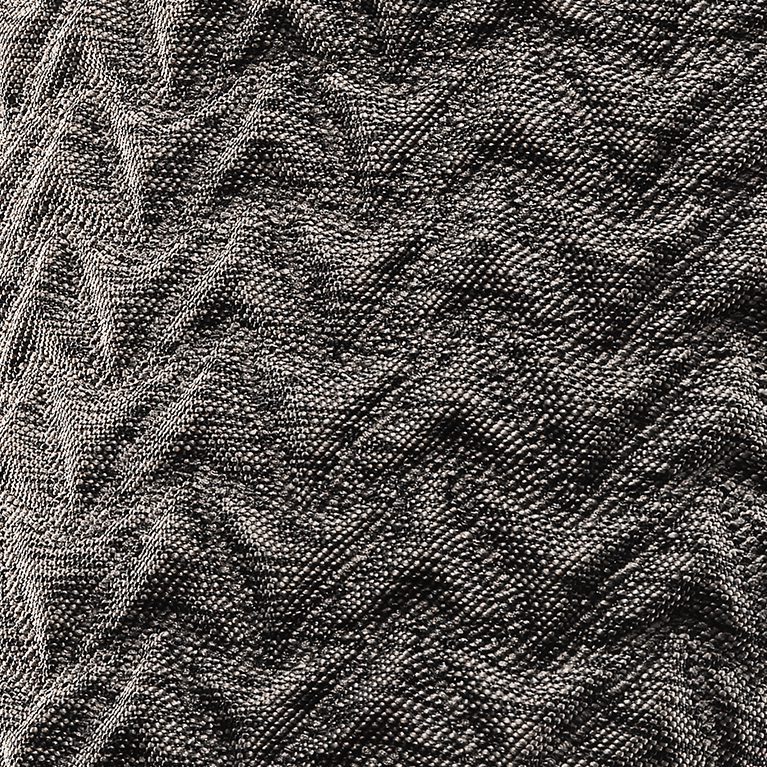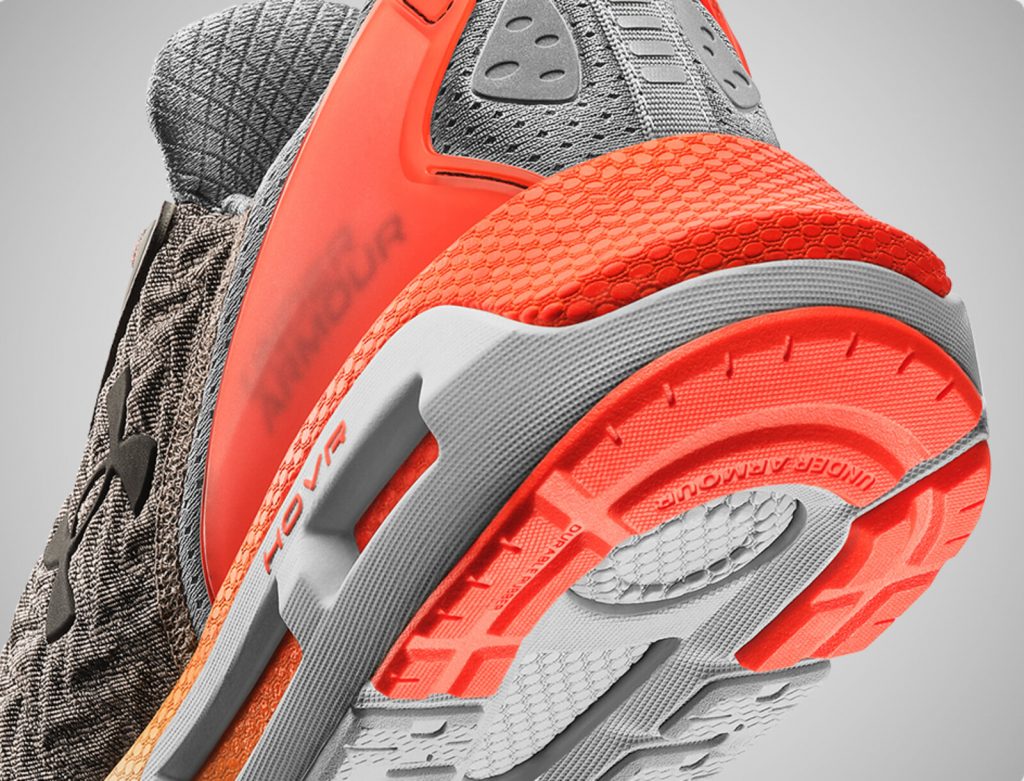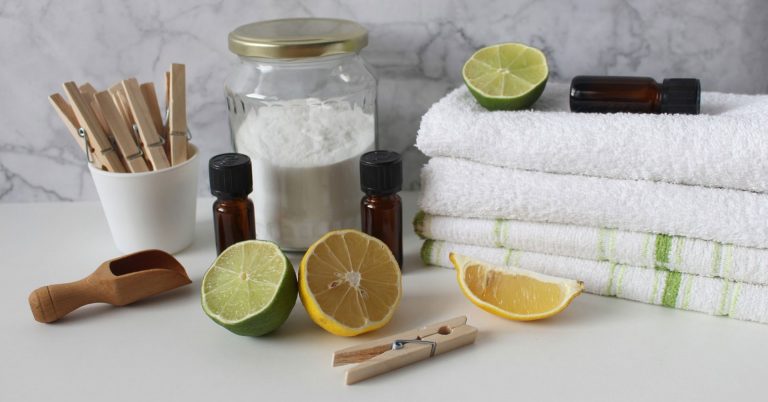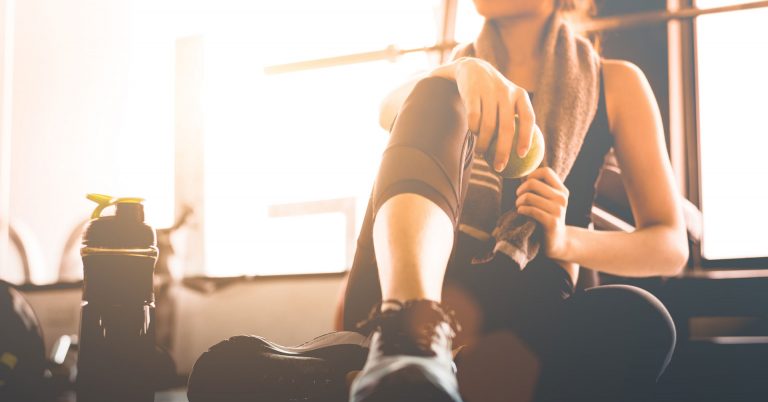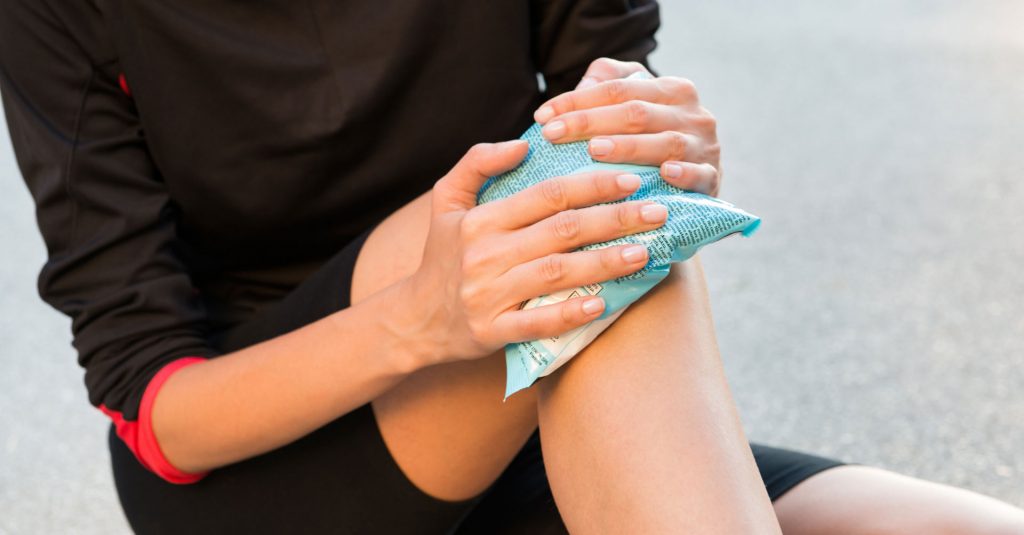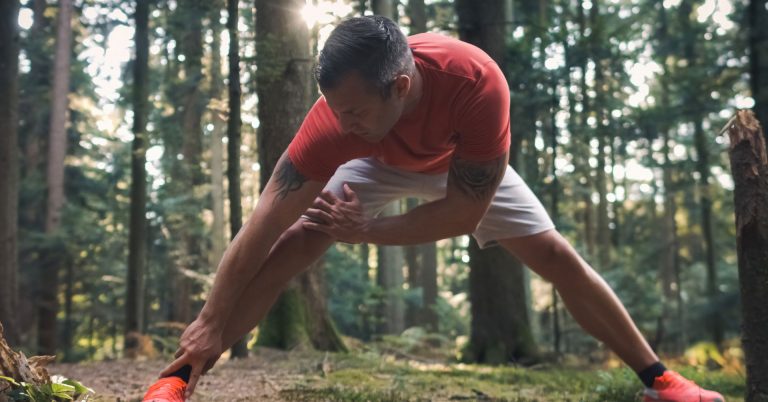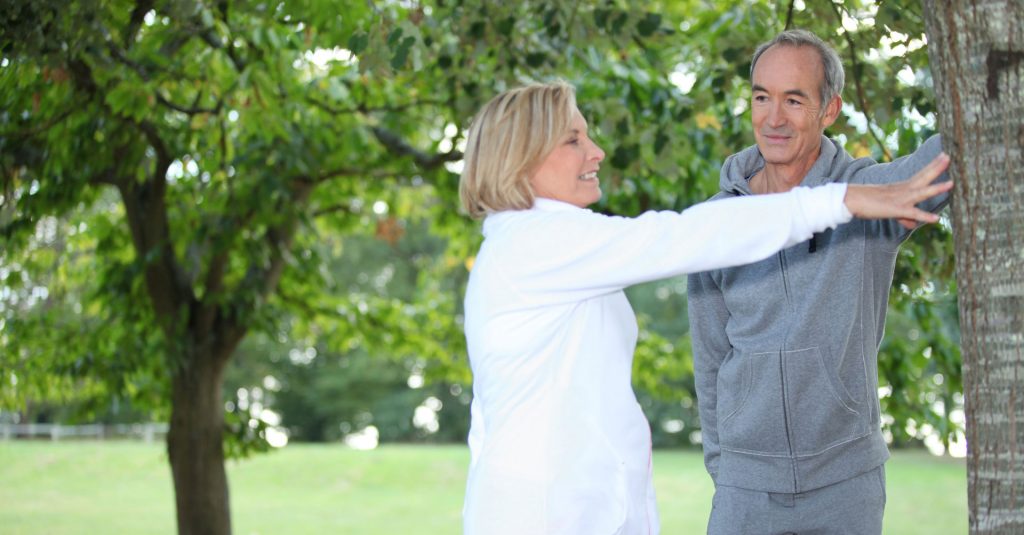Running is considered one of the best workout routines to stay fit. If you become a trained runner, you will enjoy joining running groups and overdoing your previous distance. Here are a few tips to become a better runner.
1. Choose the Right Type of Shoe
To become a runner and not injure yourself, getting the right shoe is very important. There are different running shoes you can find in the market based on your running preferences. Remember to change the shoes before they wear off.
2. Join a Club
Running solo may be a boring experience for many. Joining a running club is an excellent idea as they organize several runs in groups, which will keep you motivated. You will make running friends who share the same passion, hence discover more places to run.
3. Be Realistic
When you work to be a runner, you need to create a realistic training strategy. Trying to do too much too soon does not work as it will leave you burned out or injured. You need to pick up the pace slowly and steadily.
4. Select Running Socks
You should always wear socks while buying shoes to ensure the shoe fits right. Also, get runner-specific socks that offer extra padding across the ball of the foot, toes, and heel area, which cuts down the impact and can protect your feet.
5. Select Your Running Wardrobe
Once you have your running shoes and socks, now let us focus on your running clothes. As it is a high-intensity workout, you need to wear lightweight and breathable clothes. Female runners should get a good sports bra that is meant for high-intensity workouts. If you are training in bad weather, get a running jacket that protects you from wind and rain.
6. Be Regular
To become a better runner, you need to be consistent. The more regular you are, the sooner you will improve. With practice, you will learn to run at a sustainable pace and have better recovery over time.
7. Get Stronger in Your Core
Running is not just about the legs but your total fitness. You need to have more muscular legs for sure to be speedier, but you need to strengthen your core too. This is why runners should not just stick to running but also do some strength training to strengthen their muscles and improve mobility and flexibility.
8. Tweak Your Technique
Running may seem really simple, but it is not that straightforward. If you want to become the best, you need to learn the proper techniques from experts first. Tweaking your techniques will make your running sessions even more effortless and enjoyable.
9. Know Your Limits
You do not have to finish every run. It feels excellent to smash every run session, but if your body is not up for it, better not to push it. You should listen to your body as an athlete, and it always gives signs and indications of its limit. Pushing yourself harder is great, but doing it too hard may result in fatigue and injury, which affects your routine long-term.
10. Refuel Without Delay
Refueling your body, especially after a run, is very vital for post recover. You will feel tired after a run if you do not refuel yourself. Eat a proper meal that contains carbs and protein immediately after the run to replace energy.
11. Always Warm Down
Warming down when you work out is a crucial step that most people neglect. A proper warm down will relax muscles and remove waste products, which in turn reduces muscle soreness. Reduce your speed at the end of your running sessions for a few minutes to warm down your body.
12. Get More Sleep
Sleeping well is of utmost essential for people who exert a lot like runners. Sleep provides rest to your body and mind. Sleep deprivation results in loss of performance and negatively impacts your training. When you sleep, your body repairs and rejuvenates itself, which is why you should sleep for 8 hours at least every night to feel refreshed the next morning.
13. Take Rest Days
Once you get the hold of running, you can get addicted to it as you will enjoy it more and more. Take at least one day completely off every week to allow your body to recover and for you to glow up. If you skip your rest day, you will be risking yourself to burn out or, worst, will get injured, which will take time to heal. Take rest one day helps in recovering so that you can continue with running with full energy the next day.
The Bottom Line
Though it may seem tough in the beginning, once you get the hang of it, you will really enjoy your running sessions and no other workout will seem so exhilarating.


